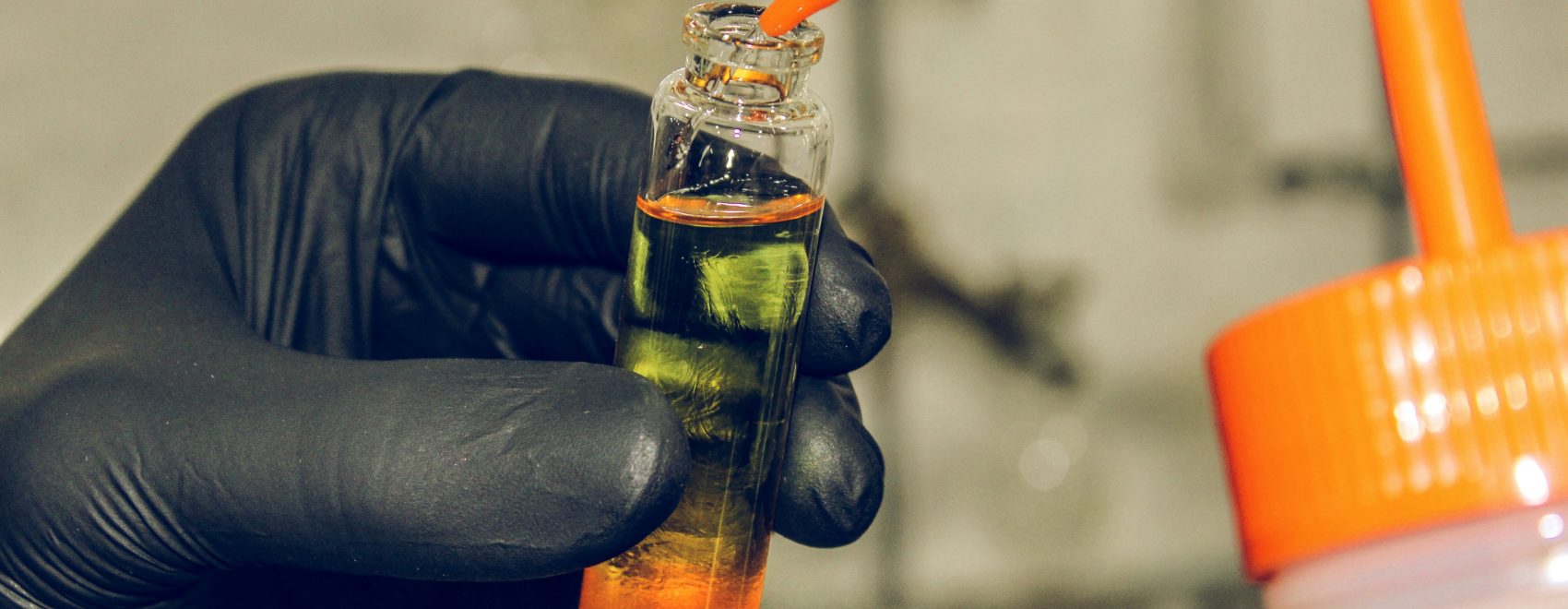Chlorine based bleaches, Peroxide-based bleaches, reducing bleaches, photographic bleaches. They’ve all helped Mankind in making life better. Mankind’s selfless desire to improve the human race though innovation and invention.
Sometimes it’s laughable. As my Son said at about nine years old while we discussed an anti-gravity propulsion system once (he has an IQ of about 165) “…You could go from planet to planet using anti-gravity propulsion… think of how this would change travel on Earth!” he said, excitedly. My answer was… “The first thing that would happen Jay, is the militaries of all the countries in the world would find a way to use this to more efficiently kill each other off.”
He’s no longer that naïve after being Sergeant of his Marine Corp Scout/Sniper Surveillance and Target Acquisition unit in Iraq… he’s seen the reality of the world and grew up quickly. I’m thankful to God he’s alive after what he went through.
But then with Chlorine, my saying came into play that it would be used to more efficiently kill. A close cousin of Chlorine is Mustard Gas. It killed hundreds of thousands in World War I before it was outlawed by the world because of its horrible effects in killing… worse for those wounded from the blistering, blinding and damage to lungs.
But let’s go back to the good side of Chlorine. Bleach. One of Mankind’s greatest innovations for disinfection.
Article courtesy of The Third Harmonic…
Start with eBay
You need to order some sodium hypochlorite generators off eBay. They are 5V USB powered and look unassuming, like this:
 |
I suggest you order 10 both for spares and to trade in your tribe. Especially since they are coming from China and will take 2-3 weeks.
You dunk it in a jar of salt water, plug it in to a 1 amp USB adapter and go about your day. When you come back you have a disinfectant. But how strong is it? Well those are the type of answers you come to my blog to read!
Lab Tests
(By lab, I mean on the workbench in the shop.) I spent some real money and ordered high concentration free chlorine test strips (since that is what does all the heavy lifting in bleach). The strips work by changing color based on the concentration and you match that up to a scale on the reference table. Its easy and why the technique is used throughout industry.
In my tests I supersaturated the water with salt and let the unit run for 50 hours until there were no more bubbles coming out of it. Then I titrated it down for testing. Pure solution pegged the color scale at 2,000 ppm so I mixed down to 25% solution. Then 12.5%. Then 6.25%. Eventually I was getting readings between 300 and 500 ppm so multiplying that by the mix-down factor reveals the initial concentration.
Ideally we’d like to generate the highest concentrated bleach solution possible for storage, diluting it later for daily use. So based on my testing here is the procedure:
- Fill a 32oz (1 quart) glass Mason jar with hot water.
- Dissolve 5 teaspoons of table salt into it ‒ the hot water helps with that.
- Plug in the USB bleach generator and toss it in. You should immediately see bubbles coming out of the vents of the plastic housing. I covered the top with aluminum foil.
- Come back in 24 hours or when the bubbles stop. You may need to jiggle the generator a bit every 6 hours or so.
What you end up with is just above the 3% bleach concentrate you buy for a “bargain” at the Dollar Store¹. 3% bleach is 29,000 ppm available chlorine and the above formula will generate at least 32,000 ppm in solution. (Genuine Clorox from the supermarket is around 6% concentration or 58,0000 ppm available chlorine.)
Enough with the Nerd Talk
Agreed. Now what? I wrote up this handy table. You should print it out and keep it with the USB generators.
Also Waterloo Public Health created this handy guide for household uses and here is a copy from their website. Again, print it out. It’s already in ppm measurements so that is convenient. (They assume 50,000 ppm and you have around 30,000 so multiply all their recipes by 1.6 ‒ for example, the 1,000 ppm goes from 4 teaspoons required to about 6½ teaspoons.)
Conclusion
You should already have 10 lb. or more of salt on hand so after you invest in the USB generators this is essentially free. Make a bunch now and store it in all the old glass food jars you’ve been collecting (you are collecting used jars, right?)
Anker makes some small solar panels that will generate 10-15W of power to a USB port in good sunlight (which is plenty of power) so this is a fantastic project to set outside for a few days and let it do the work for you.
Obviously the usual warnings apply like wear eye protection against splashes, maybe gloves if you work on the side as a hand model for wristwatches, do not taunt Happy Fun Ball, etc. but nothing beyond the usual precautions in your laundry room.
Here’s to safe drinking water and disinfected surfaces!
(I would like to thank my friend and reader SC for turning me on to these devices many months ago ‒ his observation directly helped everyone on this blog. The same invitation applies to all of you as well.)




